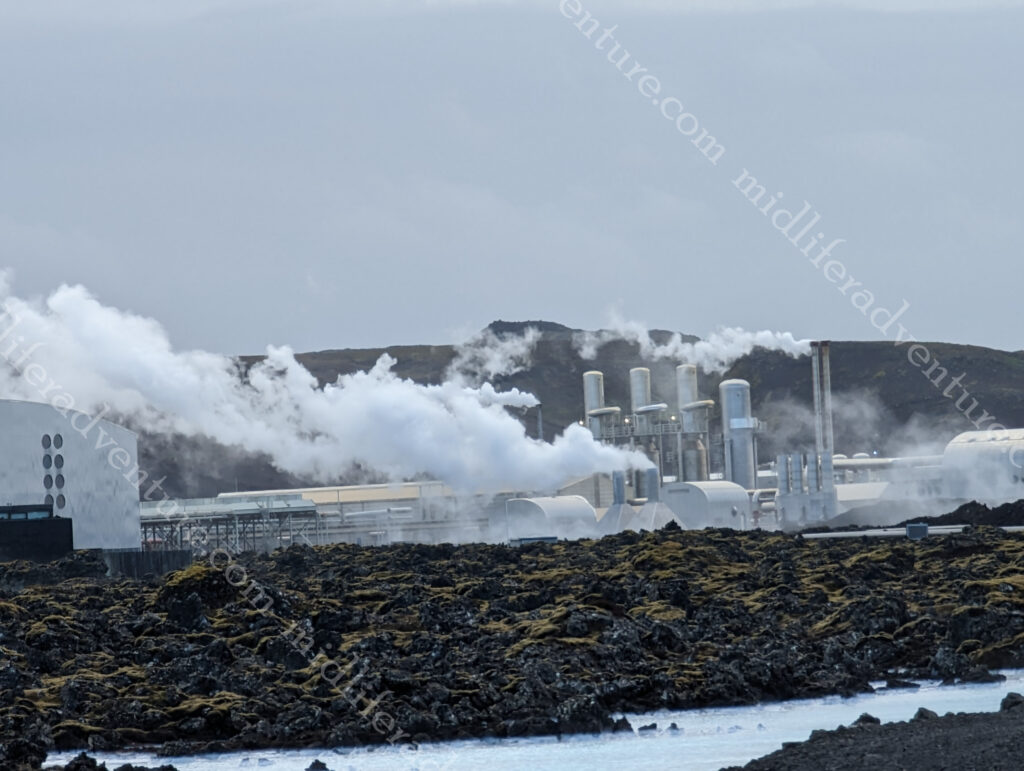
Reykjavik is the capital of Iceland and is known for its many colours, museums, buildings, nature and beautiful surroundings. Sadly on the day we arrived, it was icy cold, raining and all in all pretty miserable. But we were here and had limited time. So we put on our big girl pants and headed into the arctic weather.
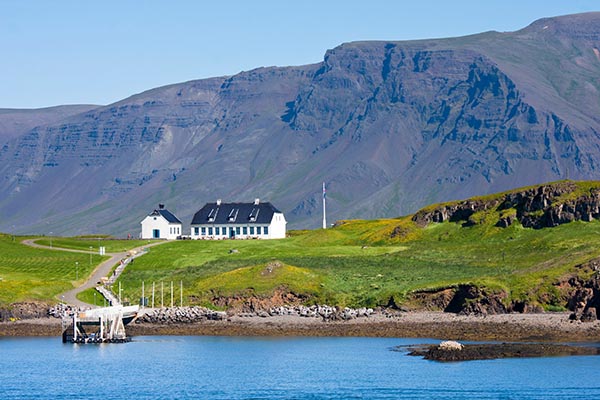
Before we set off though, I need to comment on Videy Island. This is the first thing that you see when you enter Reykjavik from the water. The island consists of two parts that are connected by a spit of land and is a remnant of an extinct volcano.
But most importantly, it is exactly what you imagine when you think of Iceland, green grass, volcanic rocks and a stunning house miles from anything. As it turned out we saw this scene repeatedly throughout our time here, but this was truly the archetypal image that we had in our heads and it delivered on minute one.





We hopped off the boat and got the shuttle bus towards town. The drop-off point was at the Harpa, which is an 1800-seat concert hall, located on the harbour. From here we did a (rather soggy) walk along the waterfront promenade to see the Sun Voyager. This landmark looks like a Viking ship but is actually a dream ship. It is made of stainless steel and is meant to represent hope, freedom and progress.



From here we headed up to the top of the hill for the big show in town, the Hallgrimskirka. This is the big Reykjavik Church atop the hill, right in the centre of town. It is the tallest church building in Iceland (74.5m), was built between 1945 and 1986 and can be seen from all over the city. The interior of the church is very modest, but the eye-catcher is the organ with 5275 pipes.





From here we headed down the hill towards Lake Tjörnin, past town hall and on to Austurvöllur Square. The town was really quite nice and it is a shame that the weather did not lend itself to better photographs.







We went to Reykjavik’s oldest hot dog stand, Bæjarins Beztu Pylsur, which has gained cult status; according to the locals, these are the tastiest hot dogs available. As such there is a long queue for this stall, we looked at the hot dogs coming off the line (there was nothing appealing about these) so we chose to pass.



Perlan, is the home of the wonders of Iceland museum. It is a glass dome located on the Öskjuhlíð hill in Reykjavik. It has the first indoor ice cave in the world and describes the Icelandic interplay between volcanoes, earthquakes, and other geological forces.
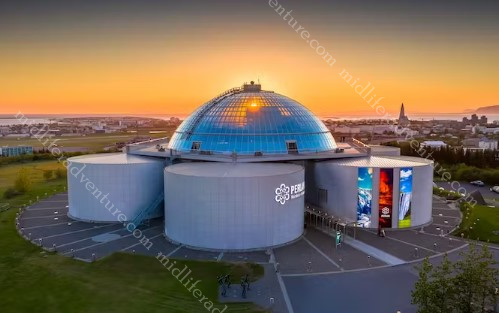
I had heard for years that the Icelandic beers were among the best in the world as they were made on the clean and clear glacial water. Given that it was cold wet and soggy we decided to settle in and test the quality of the Icelandic beer. The first thing that you find out is that this place is incredibly expensive, brutally so. In conversation with the locals, they claim that Iceland is only beaten by Norway in terms of expense.
As an example, a small 330ml beer starts at $13 Aussie and a bar snack to go with it starts at upwards of $20. In fact, a simple local sandwich was running at $32 each. Having seen this I started checking accommodation prices and found that accommodation akin to our Australian roadside motels was running at around $450 a night. At this point, we were glad that we were seeing Iceland on a cruise ship, as any other way would have destroyed our budget.







Kaldi Blonde is the most popular bottled beer in Iceland, at 5% it is brewed in the Pilsner tradition and inspired by Czech lager. Bríó was the next that we found on tap, in 2012, it apparently won the ‘World’s Best Pilsner’ category at the World Beer Cup. This was closely followed by Egils Gull a nice crisp lager at 5%. Next came an Einstök these come in 4 varieties: the White Ale, Arctic Pale Ale, Toasted Porter, and Wee Heavy, at 6% I had the toasted porter. Polar beer was a local Reykjavik beer that came in at 4.5%. Úlfur, which translates to ‘Wolf,’ is an Indian Pale Ale (my least favourite).
For the most part, Icelandic beer was very pleasant. I don’t think that they were worth the obscene prices that were being charged for them, but they drank well and hey, when in Rome. But sadly, as with everywhere else on the planet, the craft-beer mania has set in, with new labels and microbreweries emerging all the time.
The next day the weather turned on us and we actually had a nice day. It was cold (max of around 8) but the rain had gone and the sun was threatening to poke its head out. We were booked on an early morning tour through the countryside and on to the Blue Lagoon. These are a set of beautiful geothermal baths that are about, 40 kilometres out of town.



We set off at 7am and within 10 minutes of leaving the port of Reykjavik you are already driving through black lava fields covered in slow growing moss.
On arrival, you are shuffled into a room and forced to change and shower before we could get near the lagoon.
Now sopping wet, and cold, we found ourselves in our swimming gear, as I headed out the door into the open air (in 2 degree temperatures). It is fair to say, that it was a touch bracing.
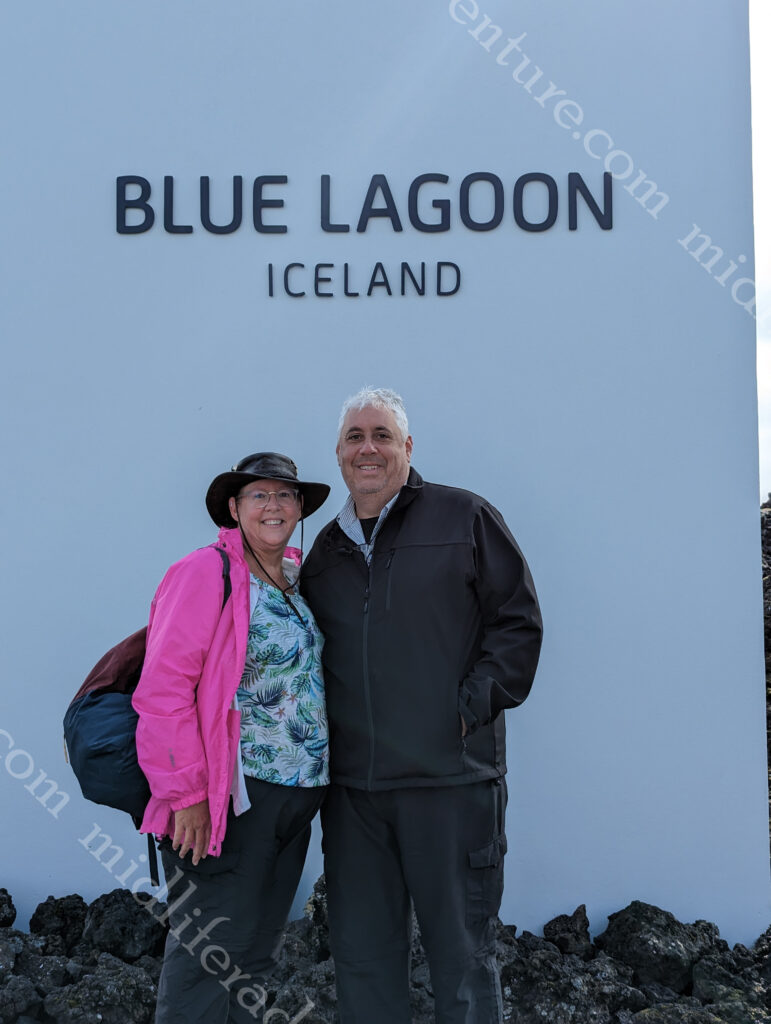
Having caught my breath I aimed for the water, hoping to find some relief from the ice shock that I had just experienced. The water was warmer, in fact it was between 37-40 degrees. So I lolled about in the water waiting for the bride to emerge. While lolling about waiting, it started to snow on me. Lazing in warm 37-40 degree lagoon water, while snow landed on our heads was a surreal experience indeed.
The bride did eventually come out, but apparently near the women’s change rooms was a gentle entry point that allowed you to enter the water from within the warm building and slowly migrate towards the outdoors. The lagoon itself has a mix of sea and freshwater and the water is drawn up through geothermal extraction wells from 2-kilometres beneath the Earth’s surface.






The entry price included the towels, shampoo (the water is terrible for your hair), a mud face mask and a beverage. So once again, I found myself lolling in 37+ degree water, in 2 degree temperatures, at 9am, drinking a cold beer, while snow landed on my head, and then I had a mud mask. Not a usual day for me.
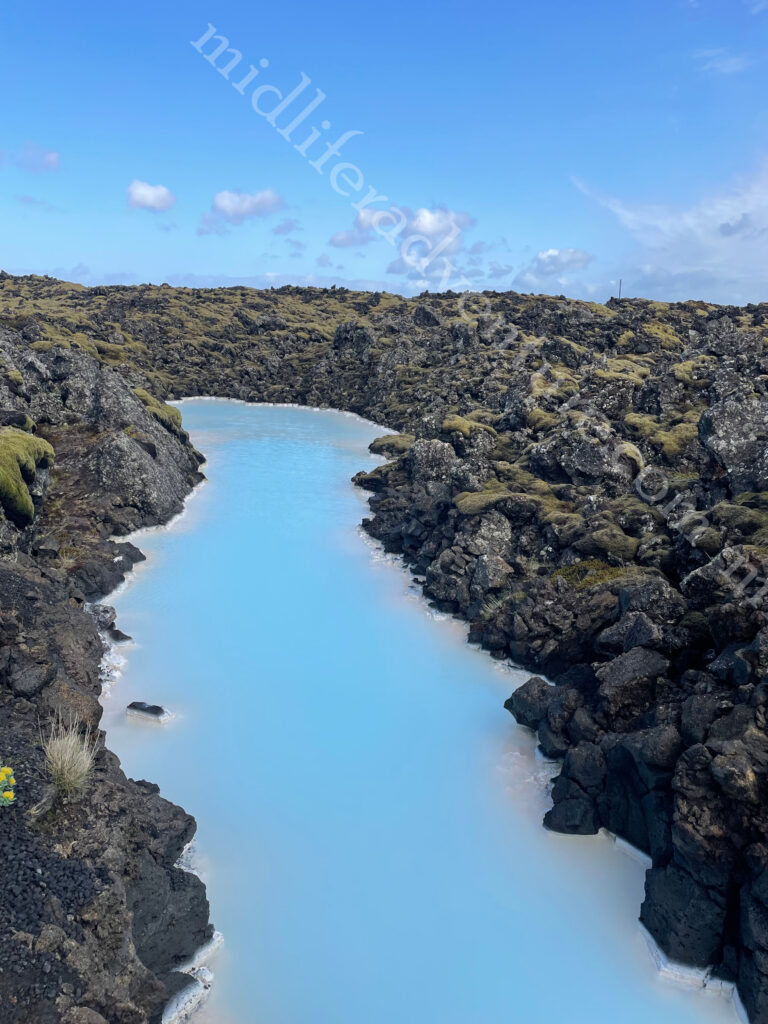




A cheaper alternative to the Blue Lagoon is the Sky Lagoon. These pools are closer to Reykjavik and have only been open for a few years. They provide great sea views while relaxing in a geothermal bath.
Speaking of geothermal baths, it is important to mention here that Iceland supplies 99% of its overall energy requirements through green energy, (mainly hydropower (73%) and geothermal (26.8) production). The remainder is because cars and trucks still run on fossil fuels. The green energy revolution transformed the population from a poor, coal reliant society to one enjoying very high living standards. Electric vehicle ownership is growing quickly and there have been large investments in charging infrastructure for electric cars, with charging stations now available all around the ring-road.
